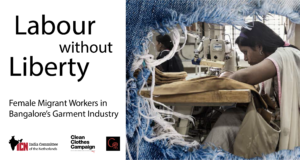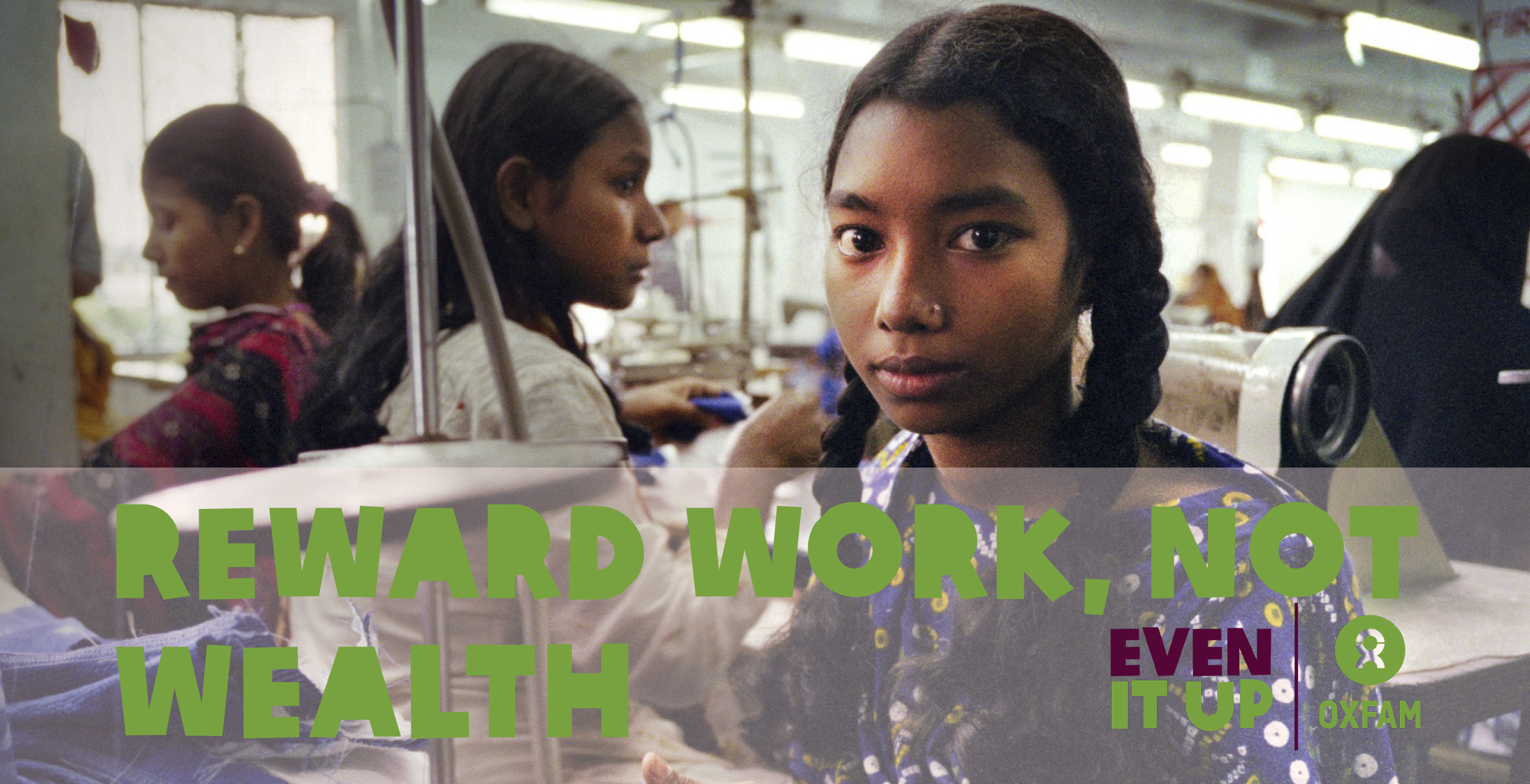
A research of the garment sector in India, Bangladesh and Cambodia, commissioned in the aftermath of the Rana Plaza disaster that led to scores of workers’ deaths, has revealed the poor wage and working conditions prevailing in the sector.
While finding that the conditions of work are relatively better in India, it highlights the plight of Cambodian workers who suffer abysmally low wage rates forcing them into debt, as well as the poor working conditions in Bangladesh.
The report intends to be a tool for advocacy groups to force international brands to improve conditions of work at their manufacturing houses.
The research project was led by Microfinance Opportunities (MFO) in partnership with Fashion Revolution and C&A Foundation.
Over 12 months, researchers visited 540 workers (180 per country) at their homes to learn about what they earn and buy, how they spend their time each day and what their working conditions are like.
The reports highlight that the living and working conditions of female garment workers varies greatly between countries:
- Of the three countries in the study, the Bangladeshi women earned the least per hour—about half what the women in the other two countries earned. Nevertheless, in the other countries there was similarly opaque data when it came to base wage rates and overtime pay. On average, they worked 60 hours a week and earned an hourly rate of 28 taka (the equivalent of 0.95 USD in purchasing power parity). They earned less than the minimum hourly wage 64 per cent of the time and there was significant evidence to suggest that the more they worked the less they earned. Outside of work, men controlled earnings that were spent on basics like food and rent and rarely improved a household’s quality of life.
- Cambodia’s workers sought overtime hours to boost their incomes, but in many cases were not paid a legal wage for these hours. On average, they worked 48 hours a week and earned an hourly rate of 3,500 riels (the equivalent of 2.53 USD in purchasing power parity). Despite earning the minimum wage and supplementing their income with overtime hours, most workers still faced financial strain, and at certain points throughout the year this resulted in limited access to quality food and medical care.
- India’s workers – a sample of export-oriented factory employees in the southwest of Bangalore – typically earned the legal minimum wage or higher and paid into pension and state insurance programmes. On average, they worked 46 hours a week and earned an hourly rate of 39.68 rupees (the equivalent to 2.27 USD in purchasing power parity). They were often exposed to verbal abuse by their supervisors and relied heavily on income from their husbands or other household earners to meet their financial obligations, but lived in comparative comfort to workers in Bangladesh or Cambodia.
The projects’ findings are effective tools for workers, factories, brands, governments to make change and leverage positive movements in target countries as many of them continue to source clothing from factories employing workers who struggle to make ends meet. This is an opportunity for key global stakeholders to work collaboratively and bring about systemic change in the garment industry.
Read the full reports:
 CPD RMG Study Stitching a better future for Bangladesh
CPD RMG Study Stitching a better future for Bangladesh



